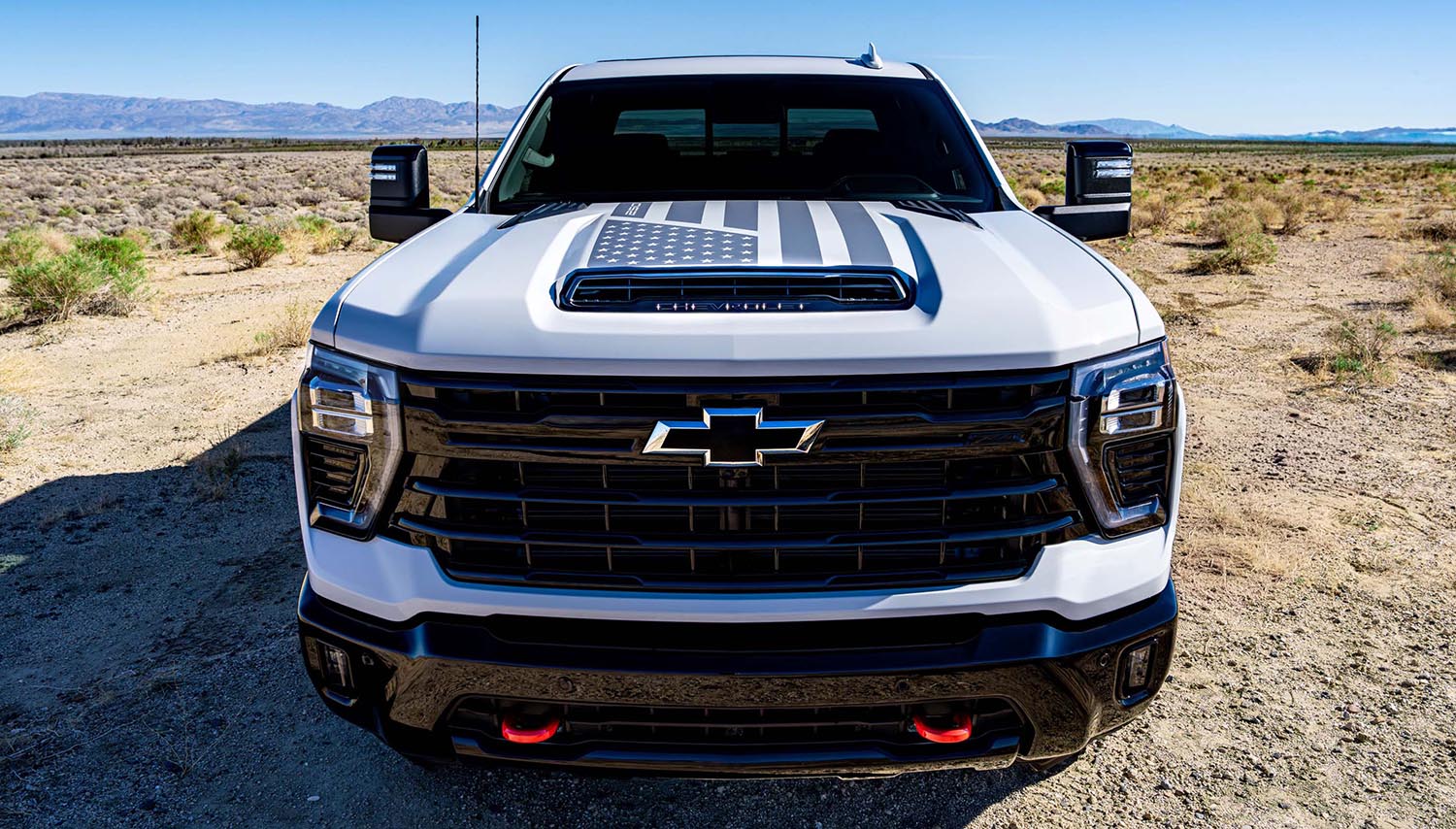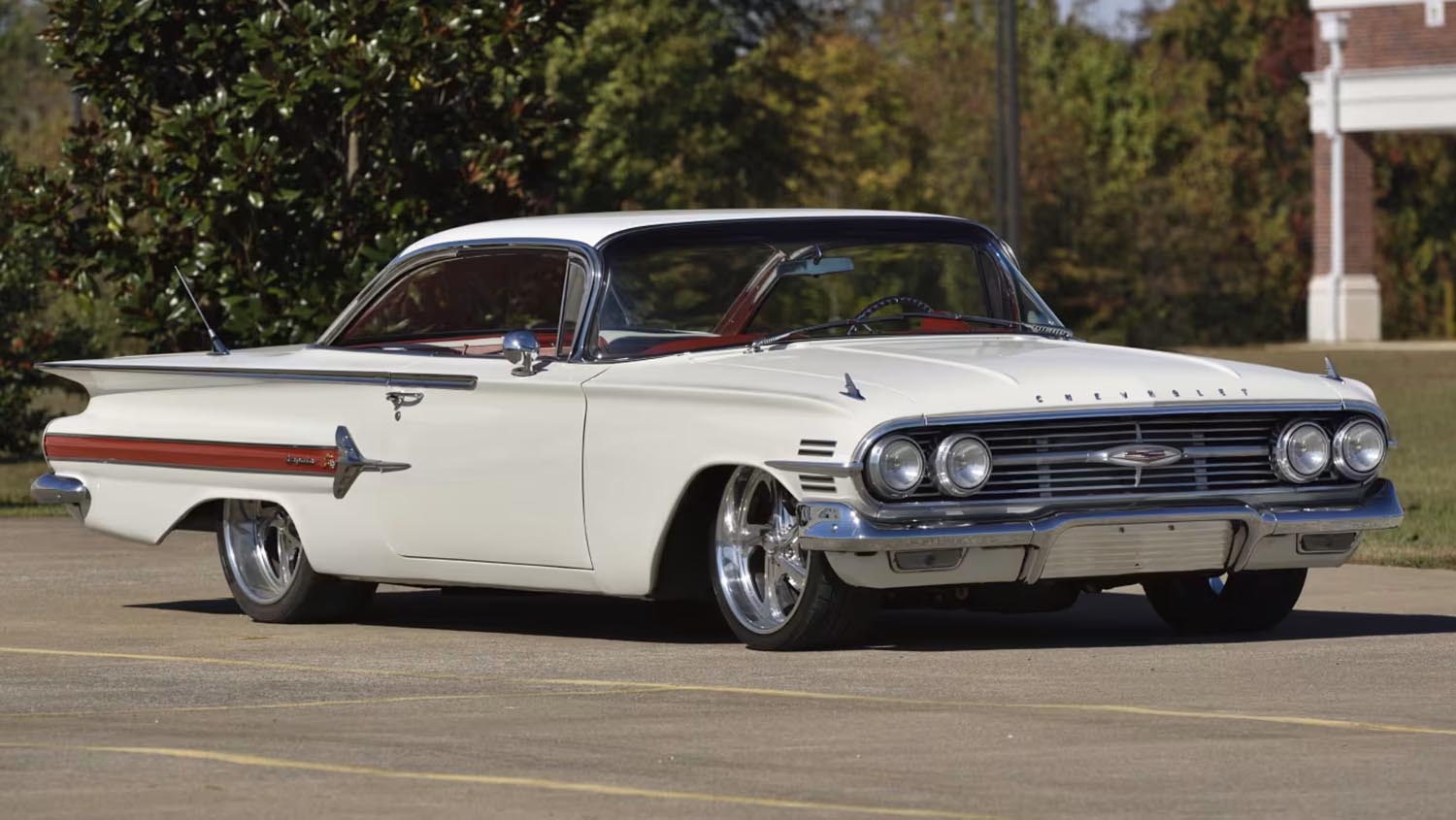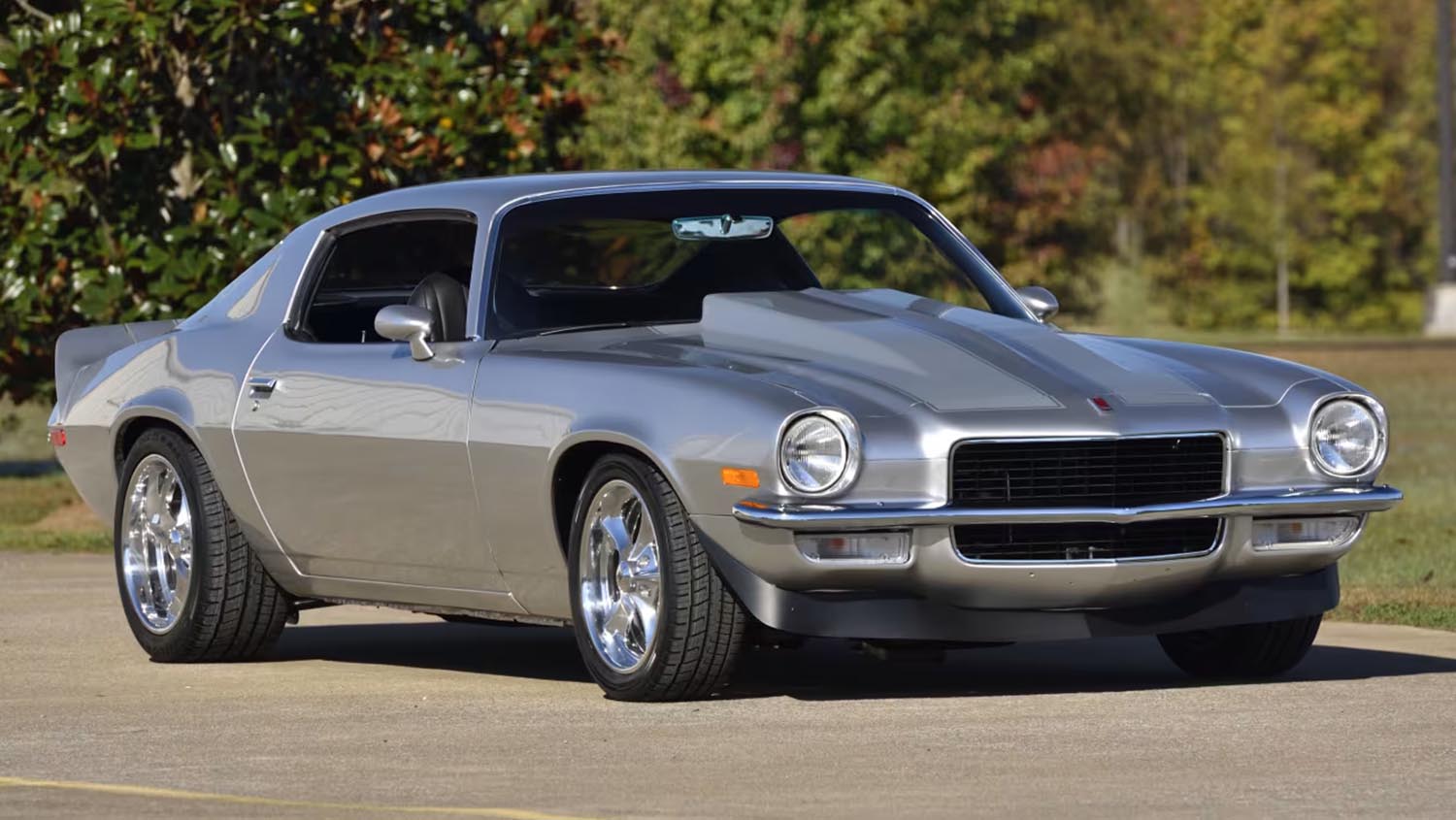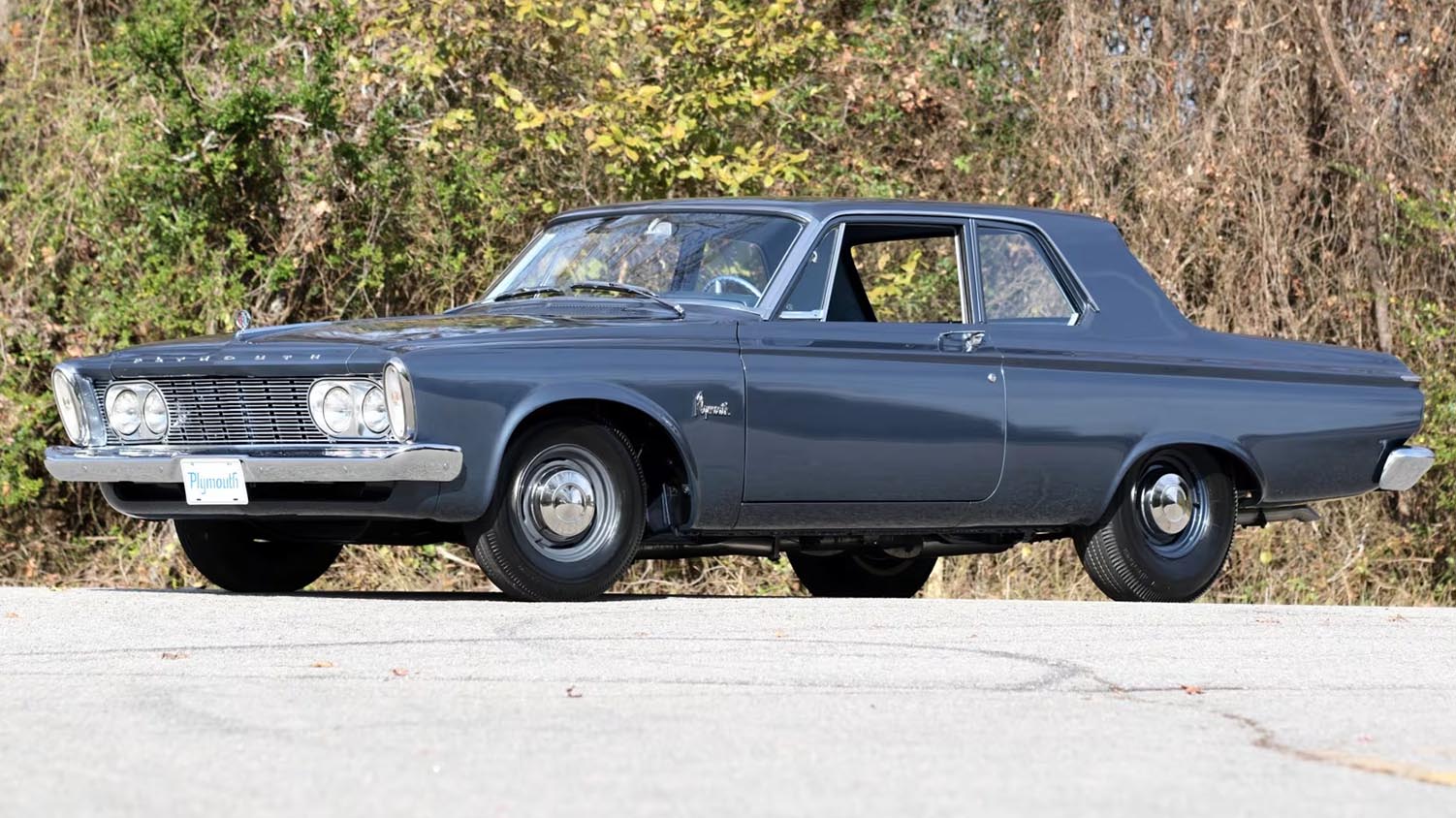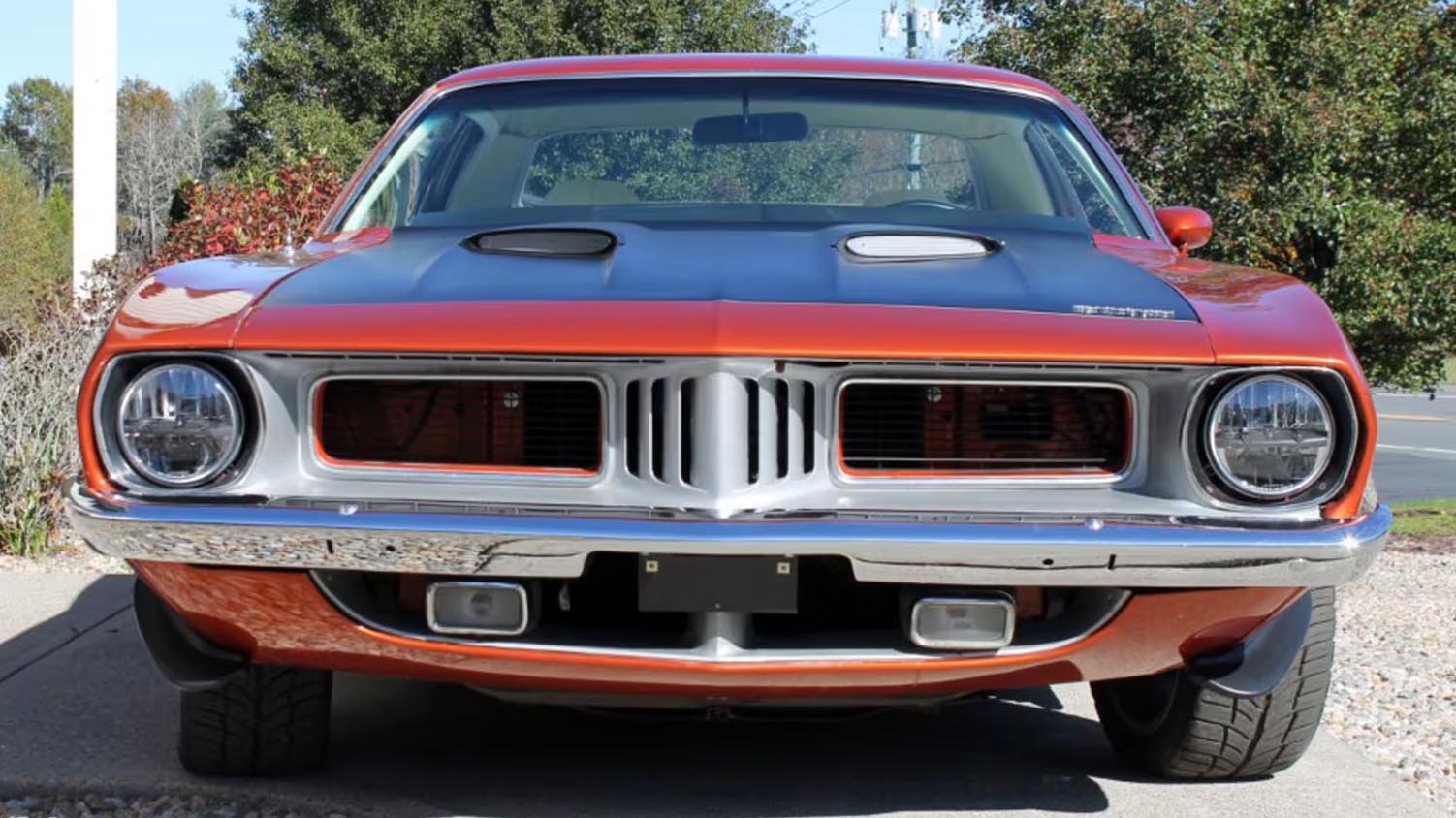Stars & Steel 2026: Chevy’s Modern Salute to American Pride
Chevrolet Stars & Steel Collection 2026 debuts patriotic limited editions across five models, blending bold design cues with exclusive features. The lineup celebrates America’s 250th anniversary with curated styling, premium options, and support for veterans.
